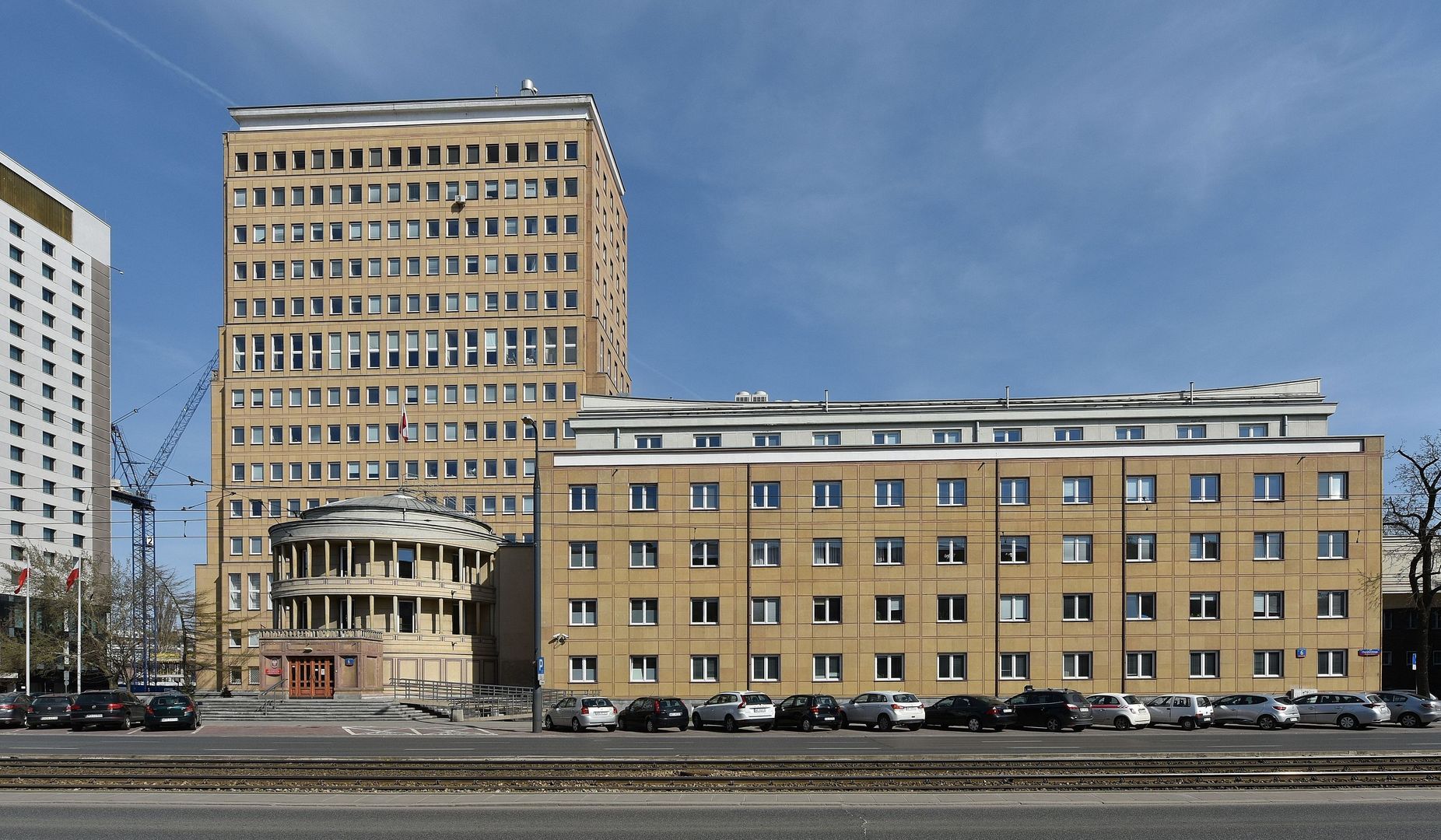Ministry of Infrastructure
6.29

Overview
The Ministry of Infrastructure (MI) in Poland was established on January 9, 2018, as a continuation of previous institutions of the same name that operated from 2001 to 2005 and from 2007 to 2011. Currently, the MI supports the minister responsible for transport, maritime economy, water management, and inland navigation. Its creation was the result of organizational changes, during which its scope of competences was modified, with matters related to construction and planning being transferred to the Ministry of Investment and Economic Development. In 2020, the ministry underwent several significant reorganizations, including the dissolution of the Ministry of Maritime Economy and Inland Navigation and the transfer of telecommunications-related tasks to the Ministry of State Assets. From the very beginning, the MI has been a strategic environment, overseeing a number of bodies, including the General Director for National Roads and Motorways and the Chief Inspector of Road Transport. The architectural section of the ministry has a long history, as the first transport regulations in Poland date back to 1918, and the ministry's building on Chałubińskiego Street in Warsaw is an example of modernist architecture that was significantly expanded between 1948 and 1950. It was one of the first skyscrapers in Warsaw after World War II. The ministry plays a key role in shaping transport policy in Poland by coordinating infrastructure projects and international cooperation. Its decisions are influenced by various cultural and historical aspects, making its functioning significant from the country's socio-economic perspective. Since the late 1990s, the ministry's administration has also undergone changes related to the digitization and modernization of public services, reflecting Poland's ongoing technological development. Interestingly, despite numerous reorganizations, the MI remains a central point in transport management, demonstrating its flexibility and ability to adapt to changing political and economic conditions.
Location
Tickets
Powered by GetYourGuide
2025 Wizytor | All Rights Reserved